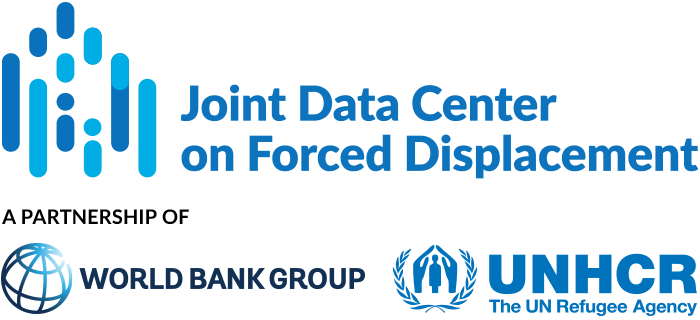The 2023/2024 Uganda National Household Survey Report provides data across multiple chapters, covering household composition, access to services, education, health, water, sanitation, and energy.
Search Results
2022 Uganda Demographic and Health Survey
The 2022 Uganda Demographic and Health Survey (UDHS) provides crucial data on the socio-demographic and health conditions of Uganda’s refugee population, highlighting key challenges in areas such as fertility, family planning, and healthcare access. The survey, which includes a dedicated refugee module, offers insights that will inform policies aimed at improving the well-being and integration of refugees within the broader Ugandan society.
Expanding Development Approaches to Refugees and Hosts in Ethiopia
The primary objective of the 2024 SESRE is to provide up-to-date estimates on the socio-economic conditions of refugees and their host communities, including demographics, employment, education, welfare, and social cohesion.
2024 Malawi DHS Key Indicators Report
The 2024 Malawi Demographic and Health Survey (2024 MDHS) was conducted by the National Statistical Office (NSO) from May 13 to August 31, 2024. The primary objective of the 2024 MDHS is to provide up-to-date estimates on fertility, family planning, maternal and child health, childhood nutrition, disease prevalence, and health service utilisation.
Understanding Refugee Return: Key Findings, Gaps, and Future Research
Understanding Refugee Return: Key Findings, Gaps, and Future ResearchThe return of refugees to their home countries is often regarded as a desirable outcome in displacement contexts, enabling individuals to rebuild their lives in familiar environments. Nevertheless,...
Findings from Somalia Displacement Phone Survey (2022)
Millions in Somalia have been displaced due to ongoing crises, while the country also hosts 38,463 refugees and asylum-seekers. The Somalia Displacement Phone Survey, the first of its kind to compare data across displaced groups, revealed that over 90% of households faced shocks like droughts, floods, and violence in the six months before the survey.
Violence-driven displacement in Mexico: Why including internally displaced persons in national statistics is necessary to inform a protection-based response
Internal displacement in Central America and Mexico is often characterized as an urban phenomenon linked to criminal activity and violence, yet displacement from rural locations is not uncommon. Comprehensive, up-to-date, data on the number of internally displaced persons (IDPs) is limited, in part, because of the inherent difficulties in collecting regular data on this “hard-to-reach” population who may be hesitant to report their situation.
Host Communities and Refugees in the East and Horn of Africa and the Great Lakes
This JDC Digest explores the impacts of forced displacement on host communities in the EHAGL region, as well as opportunities to facilitate opportunities for refugees and other forcibly displaced persons through mobility, assistance and inclusion into national services.
Venezuelans in Chile, Colombia, Ecuador and Peru
Español Over the past decade, Latin America and the Caribbean (LAC) has experienced of one of the largest mass human movements in the world. The exodus from Venezuela is the largest-ever displacement crisis in the Americas, with an estimated 7.7 million Venezuelan...
Refugees in Djibouti
Over the past decade, Djibouti has become a country of destination and transit for migrants and forcibly displaced populations over the Gulf of Aden and through the Horn of Africa. This is a report on the monitoring the socioeconomic impact on refugee households...


